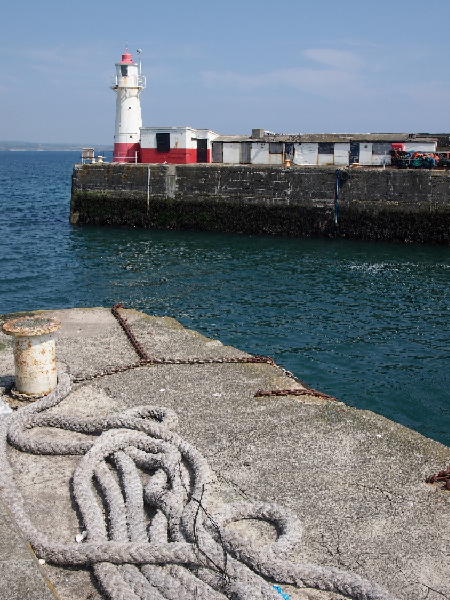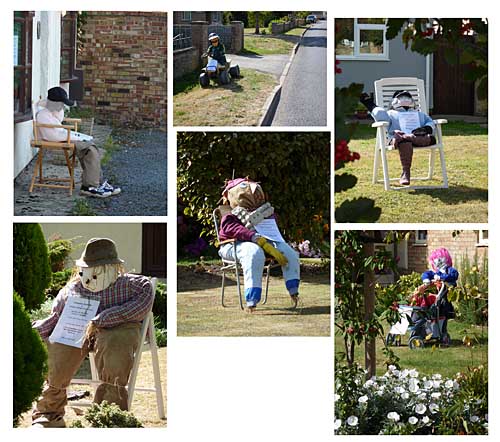I visited the west of Cornwall for the first time in July. So I had to make a pilgramage to Newlyn (location). Newlyn is the Ordnance Datum for Great Britain, the zero height mark for the whole country. I thought there would at least be a plaque or notice, but no, there’s no indication at all. I had to ask in the harbourmaster’s office, where an archetypical gum-booted seaman told me that tourists often ask about it and he was surprised there was nothing to show for it. It is located at the end of the southern pier to the harbour, which is inaccessible; but I could get out to the end of the north pier opposite and take this photo.

I gather the red and white hut next to the harbour light houses equipment to support this, and you can see a cable leading from it down into the sea. The Ordnance Survey site suggests there is a marker bolt, but I can’t see it. It may be below the current sea level.
There needs to be an information board or something.
